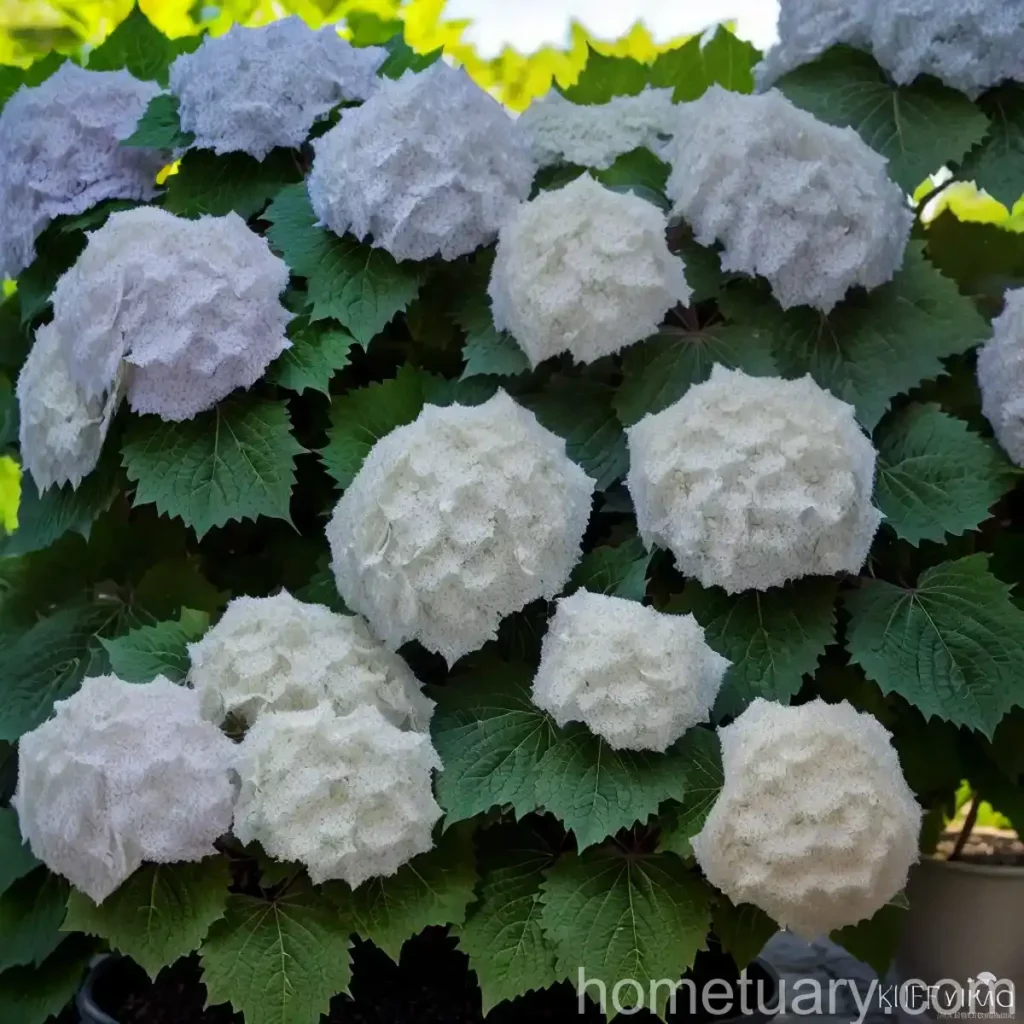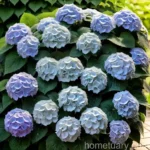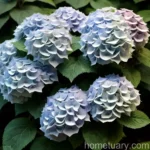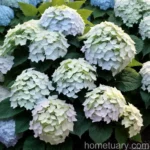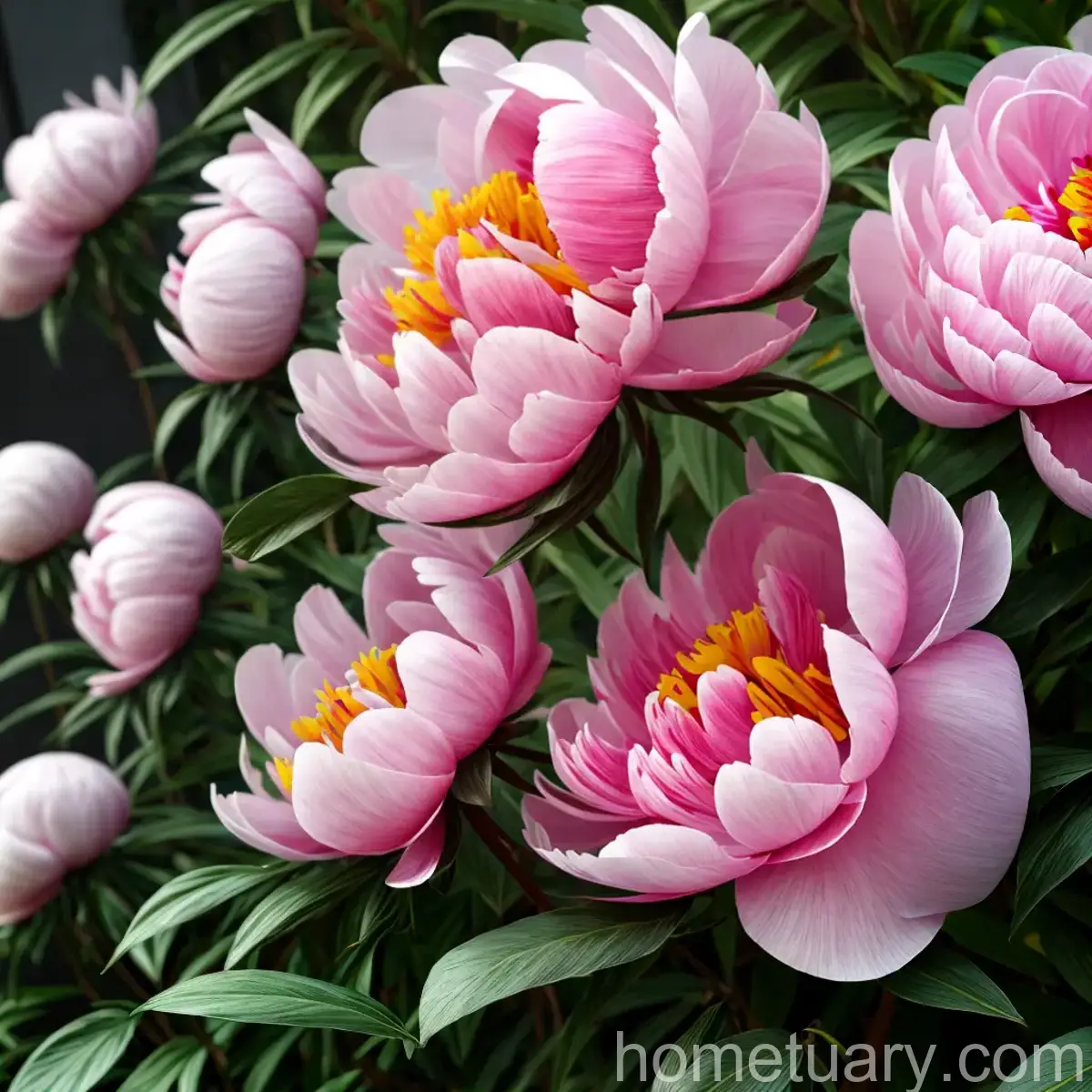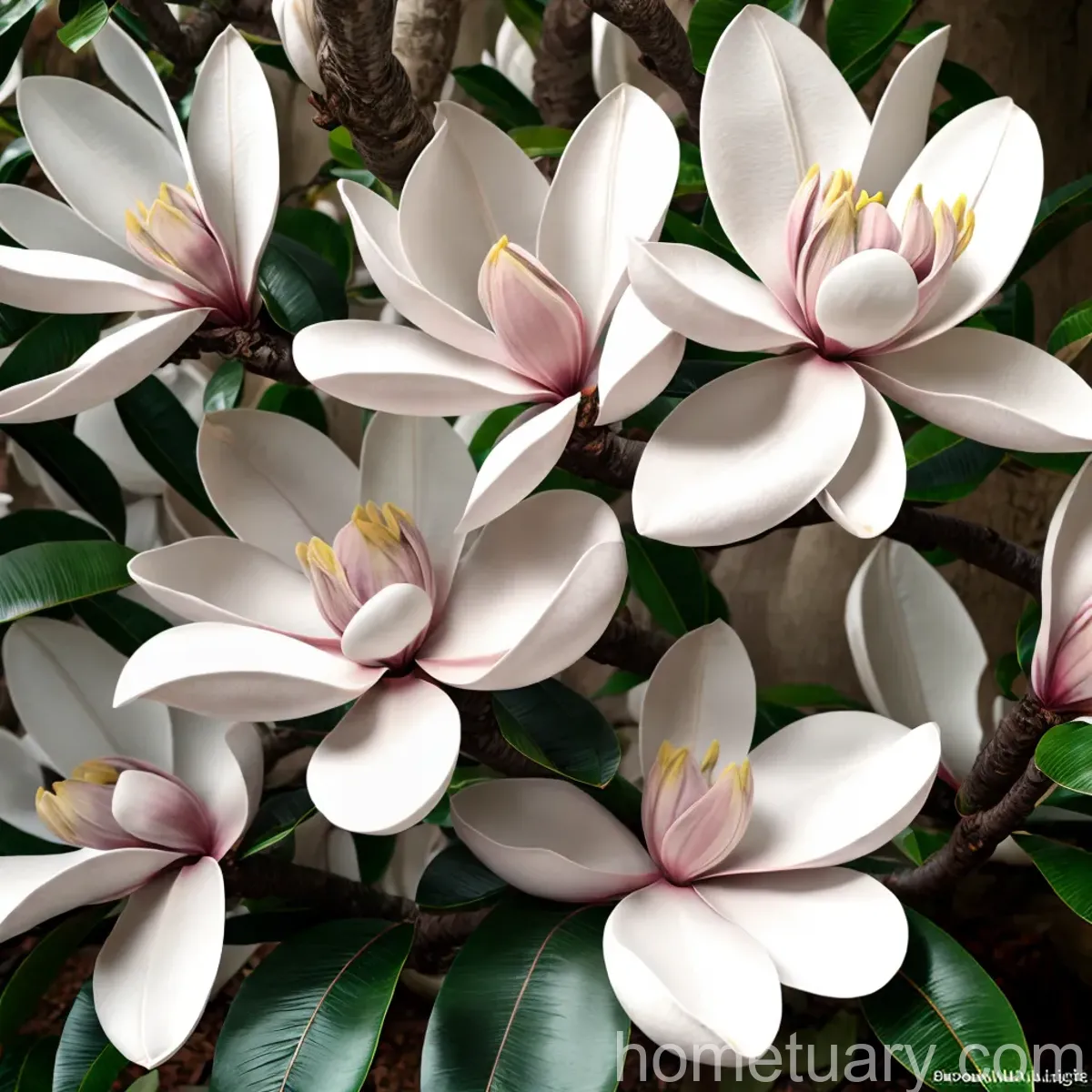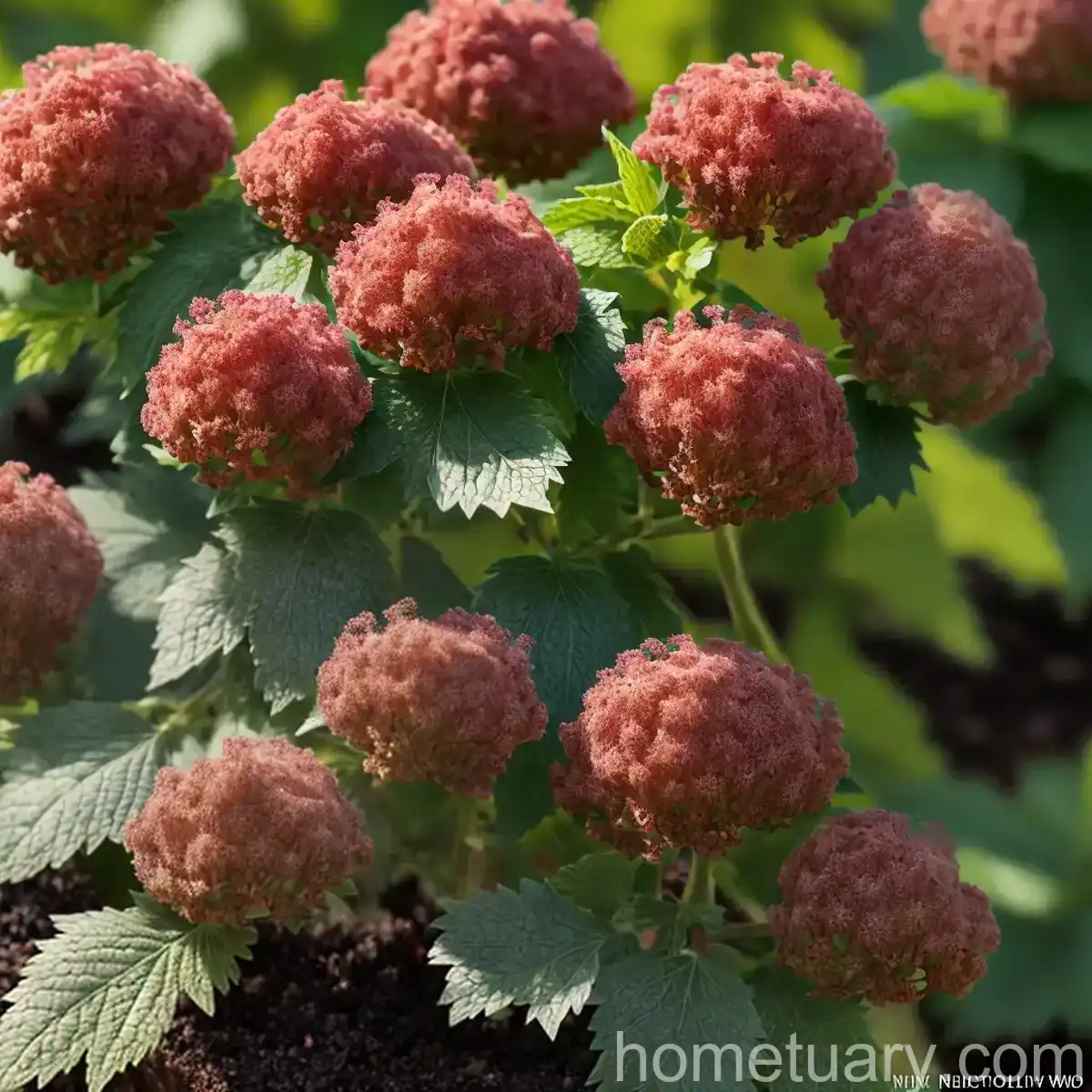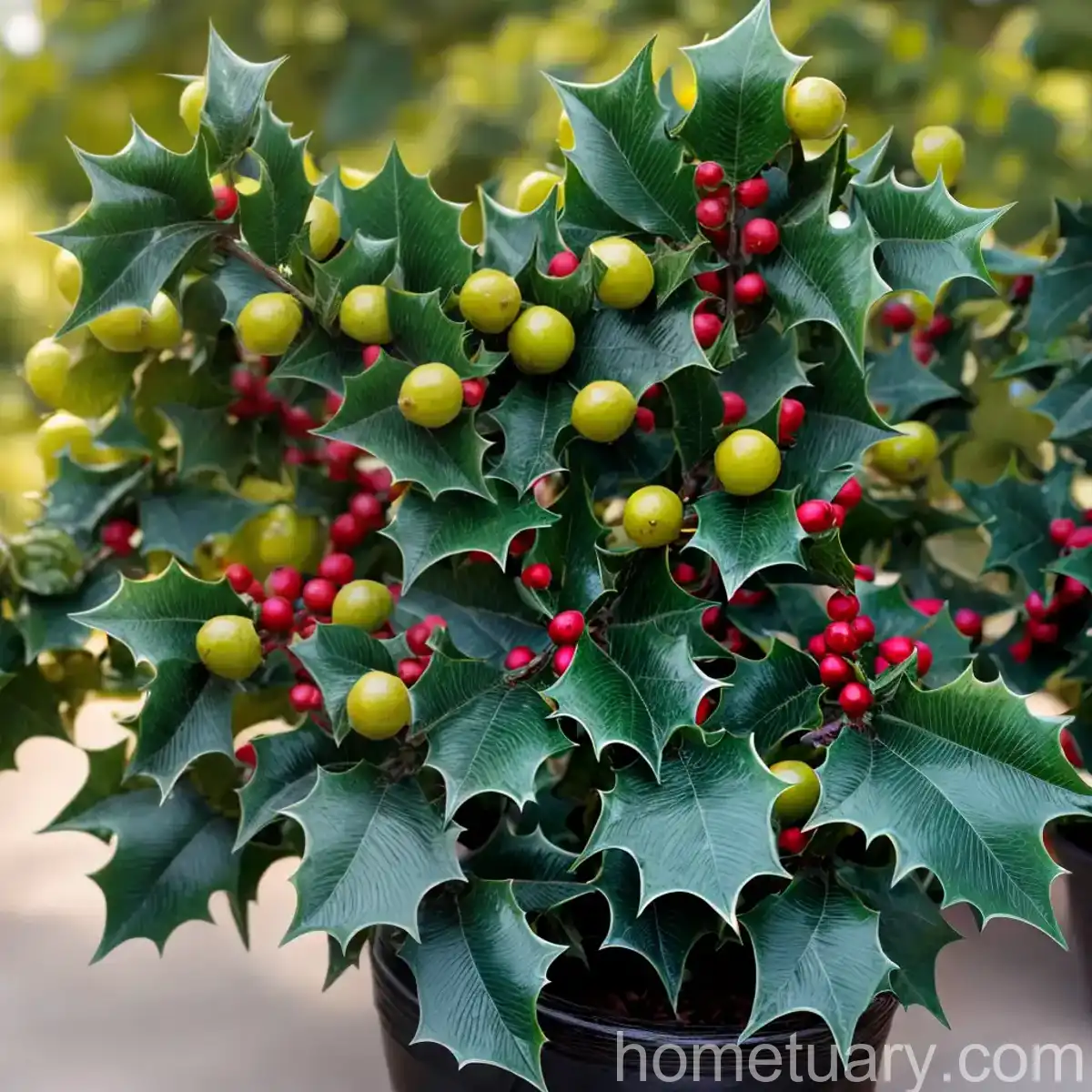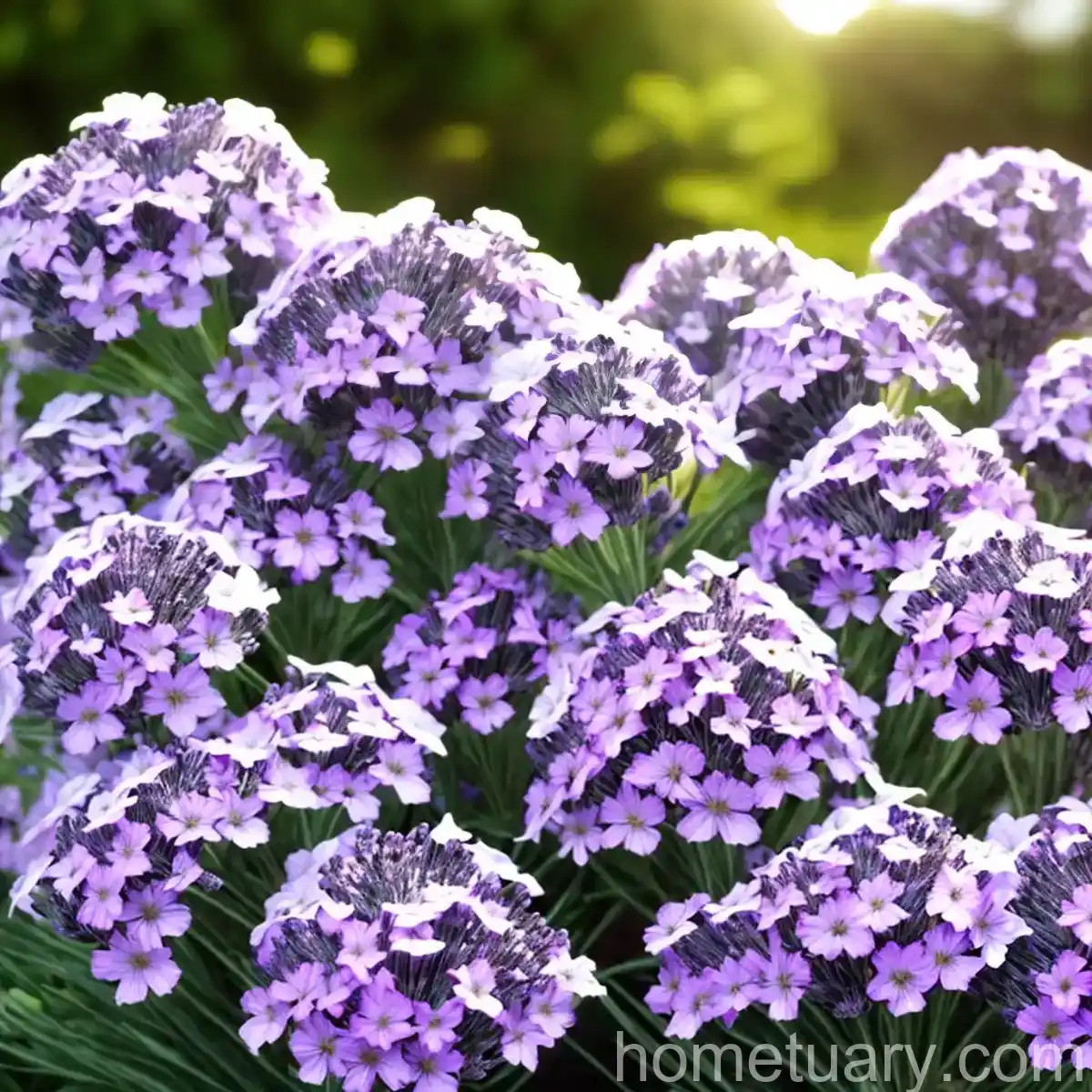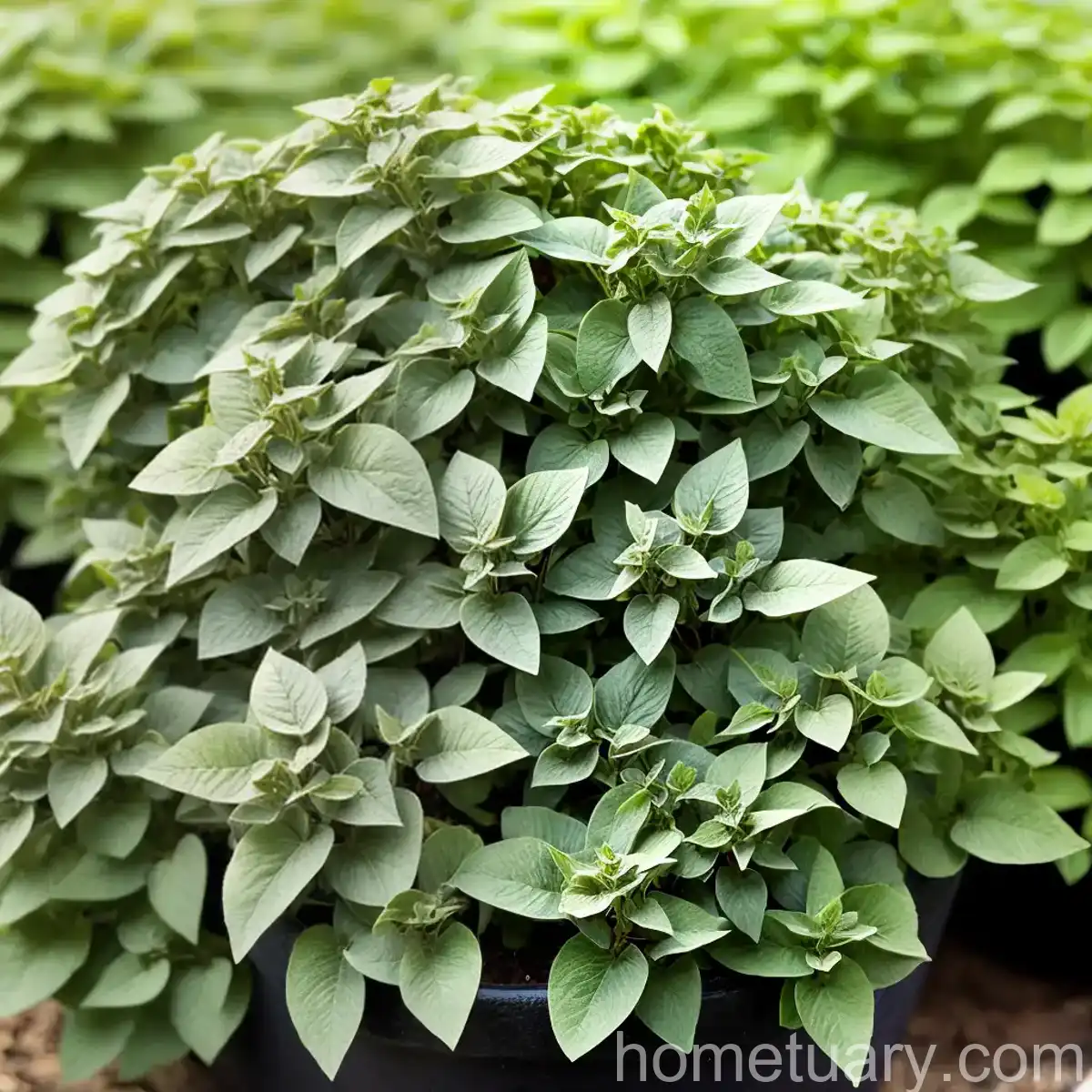Oakleaf Hydrangea (Hydrangea quercifolia ‘Sike’s Dwarf’)
What is Plant: Oakleaf Hydrangea (Hydrangea quercifolia ‘Sike’s Dwarf’)
Oakleaf Hydrangea (Hydrangea quercifolia ‘Sike’s Dwarf’) is a compact, deciduous flowering shrub known for its stunning oak-shaped leaves and cone-shaped flowers. This cultivar is a dwarf variety of the Hydrangea quercifolia species and is cherished for its unique foliage, vibrant blooms, and versatility in landscaping. The ‘Sike’s Dwarf’ variety, in particular, offers a more petite growth habit, making it an excellent choice for small gardens, borders, and container plantings.
Key Takeaways – Oakleaf Hydrangea (Hydrangea quercifolia ‘Sike’s Dwarf’)
- Hydrangea quercifolia ‘Sike’s Dwarf’ is a compact and dwarf variety of the oakleaf hydrangea known for its small size and ornamental features.
- It is a native species with oak-shaped leaves, adding texture and visual interest to gardens and landscapes.
- This cultivar offers a range of uses, from standalone ornamental planting to companion planting in mixed borders.
- The plant requires specific care conditions related to water, sunlight, fertilizer, soil, and pruning techniques.
- Propagation can be achieved through various methods, expanding the availability of this captivating shrub.
- Careful attention to disease resistance and pest control is necessary to maintain its health and beauty.
Culture
Uses
The ‘Sike’s Dwarf’ oakleaf hydrangea holds a special place in landscaping due to its versatile uses. Here are some ways in which this cultivar can be effectively integrated into garden designs:
- Standalone Ornamental Planting: The compact size and attractive foliage make ‘Sike’s Dwarf’ an excellent choice for standalone planting, allowing its unique features to stand out.
- Mixed Borders: Its small size and captivating blooms make it an ideal candidate for mixed borders, where it can complement other flowering shrubs and perennials.
- Container Planting: Due to its dwarf nature, this variety is well-suited for container planting, adding a touch of elegance to patios, balconies, and small outdoor spaces.
Water
Proper watering is essential for the health and vigor of oakleaf hydrangeas. ‘Sike’s Dwarf’ should be watered regularly, especially during dry periods, to ensure that the soil remains consistently moist but well-drained. Adequate hydration is particularly crucial during the establishment phase and hot summer months. Mulching around the base of the plant can help retain moisture and regulate soil temperature.
Sunlight
Oakleaf hydrangeas, including the ‘Sike’s Dwarf’ cultivar, thrive in partial shade to full sun conditions. While they can tolerate some direct sunlight, especially in the morning, they generally prefer dappled or filtered sunlight, particularly in regions with hot summer climates. Providing the shrub with the right balance of sunlight is vital for promoting healthy growth and abundant flowering.
Fertilizer
Fertilizing oakleaf hydrangeas can contribute to their overall health and flowering performance. A balanced, slow-release fertilizer with a formulation such as 10-10-10 can be applied in spring, just as new growth begins to emerge. This practice helps provide essential nutrients without encouraging excessive vegetative growth. However, it’s important not to over-fertilize, as this can lead to an imbalance in growth and potentially diminish flowering.
Soil
Hydrangea quercifolia ‘Sike’s Dwarf’ thrives in well-drained, fertile soil with a slightly acidic to neutral pH. The ideal soil type is rich in organic matter and retains moisture without becoming waterlogged. Amending the soil with organic compost during planting can enhance its structure and nutrient content, promoting healthy root development and overall vitality.
Pruning
Pruning oakleaf hydrangeas like ‘Sike’s Dwarf’ is essential for maintaining their shape, controlling size, and promoting flowering. Here are some key pruning practices to consider:
- Removal of Spent Flowers: After the flowering period, spent blooms can be deadheaded to enhance the plant’s appearance and redirect its energy towards new growth.
- Thinning and Shaping: Removing a few of the older stems at the base and thinning out crowded growth can help improve air circulation and maintain an open, attractive form.
- Size Control: Regular pruning can help control the size of the shrub and prevent it from becoming too dense, particularly in smaller garden spaces.
It’s important to conduct pruning tasks in early to mid-summer, right after the blooming phase, to avoid inadvertently removing developing flower buds. Additionally, avoiding heavy pruning in late summer and fall is crucial, as it can reduce the plant’s cold hardiness and affect the following year’s bloom production.
Propagation
Propagating Hydrangea quercifolia ‘Sike’s Dwarf’ can be accomplished through various methods to increase the availability of this enchanting shrub. Here are some effective techniques for propagating this cultivar:
- Softwood Cuttings: Softwood cuttings taken in early summer can root and establish quickly under optimal conditions, leading to new plants that closely resemble the parent shrub.
- Division: Dividing established clumps of ‘Sike’s Dwarf’ in early spring can yield multiple smaller plants, each capable of developing into independent, healthy specimens.
- Layering: Air layering or simple layering can be employed to encourage the development of roots on stems while still attached to the parent plant, ultimately resulting in new, rooted plants.
These propagation methods offer opportunities to expand the presence of ‘Sike’s Dwarf’ within landscapes and provide gardening enthusiasts with additional options for incorporating this distinctive shrub into their outdoor spaces.
Container Popularity
The compact nature of Hydrangea quercifolia ‘Sike’s Dwarf’ contributes to its popularity as a container plant. Its manageable size and ornamental characteristics make it an appealing choice for container gardening, especially in settings where space is limited. These containers can be placed on patios, decks, or entranceways, adding a touch of charm and natural beauty to urban or small outdoor environments.
Container Common Diseases
When grown in containers, oakleaf hydrangeas, including the ‘Sike’s Dwarf’ variety, may be susceptible to certain common diseases. These can include fungal infections such as powdery mildew and leaf spot diseases. Proper care and maintenance practices, such as providing adequate air circulation, avoiding overhead watering, and implementing routine monitoring, can help minimize the risk of disease and promote the plant’s overall well-being.
Disease Diagnosis
Diagnosing diseases in oakleaf hydrangeas like ‘Sike’s Dwarf’ involves identifying symptoms such as discolored or spotted foliage, powdery white patches on leaves, or visible signs of leaf distortion and decline. Additionally, close inspection of the plant for any unusual growths, lesions, or overall deterioration can provide valuable clues for identifying specific diseases. If disease symptoms are observed, prompt intervention with appropriate treatments and preventive measures is critical to safeguard the plant’s health.
Common Pests
While oakleaf hydrangeas are generally resistant to most pests, they can occasionally face issues with certain insects. Common pests that may affect ‘Sike’s Dwarf’ and other cultivars include aphids, scale insects, and spider mites. Regular monitoring and early detection of pest infestations can help prevent significant damage and ensure the plant’s continued vitality. If pest populations become problematic, targeted control measures, such as insecticidal soaps or horticultural oils, can be employed to manage the situation effectively.
Botanist’s Tips
To ensure the successful cultivation of Hydrangea quercifolia ‘Sike’s Dwarf’ and to maximize its ornamental value, the following tips from a botanist specializing in plant care should be considered:
- Proper Siting: Select a suitable location with the right combination of sunlight, soil, and moisture to accommodate the plant’s needs and promote healthy growth.
- Mulching: Apply a mulch layer around the base of the shrub to conserve moisture, regulate soil temperature, and deter weed growth.
- Regular Inspections: Conduct routine inspections to identify and address any issues related to watering, soil quality, pests, diseases, or nutrient deficiencies.
- Pruning Awareness: Adhere to proper pruning practices to maintain the plant’s size, shape, and flowering potential without compromising its overall health.
- Stimulate Root Growth: Encourage robust root development by providing consistent moisture, avoiding water stress, and employing appropriate planting techniques.
Fun Facts
- The oak-shaped leaves of Hydrangea quercifolia ‘Sike’s Dwarf’ are the source of its common name, “oakleaf hydrangea,” highlighting the distinctiveness of its foliage.
- This variety is an attractive choice for nature-inspired landscapes, woodland gardens, and shaded areas, where its unique characteristics can shine.
- The ‘Sike’s Dwarf’ cultivar is a valuable addition to small gardens and urban green spaces, offering a touch of elegance and charm in a compact form.
Links to External Resources
For additional information on oakleaf hydrangeas, including Hydrangea quercifolia ‘Sike’s Dwarf’, the following external resources can provide valuable insights and guidance:
-
The American Hydrangea Society: The official website of the American Hydrangea Society offers a wealth of information on hydrangeas, including cultural practices, cultivar selection, and care guidelines.
-
University Extension Services: Many university extension services provide comprehensive guides and fact sheets on plant care, diseases, pests, and propagation techniques, offering reliable and science-based information for gardeners and horticulture enthusiasts.
-
The Royal Horticultural Society: The RHS website provides a diverse range of articles, videos, and resources on plant species, garden design, and practical gardening advice, including guidance on growing and caring for hydrangeas.
In conclusion, Hydrangea quercifolia ‘Sike’s Dwarf’ stands as an exceptional choice for gardeners seeking a diminutive, yet captivating, flowering shrub. With its delightful foliage, charming blooms, and adaptability to various growing conditions, ‘Sike’s Dwarf’ holds an esteemed place in the realm of ornamental horticulture, enriching gardens and landscapes with its unique allure. By understanding its cultural needs, care requirements, and propagation opportunities, enthusiasts can fully appreciate and effectively cultivate this remarkable cultivar in diverse outdoor settings.
Keywords: Hydrangea quercifolia ‘Sike’s Dwarf’, Oakleaf Hydrangea, Dwarf Hydrangea, Hydrangea shrub, Hydrangea quercifolia cultivar, Sike’s Dwarf Oakleaf Hydrangea, Compact Hydrangea variety, Hydrangea for small gardens, Hydrangea foliage, Native Hydrangea species, Hydrangea with oak-shaped leaves, Hydrangea quercifolia ‘Sike’s Dwarf’ care, Evergreen oakleaf Hydrangea, Hydrangea quercifolia characteristics, Hydrangea landscaping ideas, Hydrangea varieties for shade, Small Hydrangea plants, Hydrangea pruning tips, Dwarf Hydrangea varieties, Hydrangea quercifolia ‘Sike’s Dwarf’ size, Hydrangea quercifolia ‘Sike’s Dwarf’ growth habit, Hydrangea quercifolia ‘Sike’s Dwarf’ flower color, Hydrangea quercifolia ‘Sike’s Dwarf’ bloom time, Compact Hydrangea for containers, Hydrangea companion planting, Hydrangea quercifolia ‘Sike’s Dwarf’ landscape use, Oakleaf Hydrangea care tips, Hydrangea quercifolia ‘Sike’s Dwarf’ soil requirements, Hydrangea quercifolia ‘Sike’s Dwarf’ sun exposure, Hydrangea quercifolia ‘Sike’s Dwarf’ watering needs, Hydrangea quercifolia ‘Sike’s Dwarf’ disease resistance, Hydrangea quercifolia ‘Sike’s Dwarf’ pests control, Dwarf Hydrangea for borders, Hydrangea varieties for small spaces, Hydrangea quercifolia ‘Sike’s Dwarf’ pruning techniques, Hydrangea quercifolia ‘Sike’s Dwarf’ winter care, Hydrangea quercifolia ‘Sike’s Dwarf’ leaf color, Hydrangea quercifolia ‘Sike’s Dwarf’ propagation methods, Hydrangea quercifolia ‘Sike’s Dwarf’ landscape design, Organic Hydrangea care, Hydrangea quercifolia ‘Sike’s Dwarf’ container gardening, Hydrangea quercifolia ‘Sike’s Dwarf’ drought tolerance, Hydrangea quercifolia ‘Sike’s Dwarf’ shade tolerance, Hydrangea quercifolia ‘Sike’s Dwarf’ fall foliage, Hydrangea quercifolia ‘Sike’s Dwarf’ wildlife attractant, Hydrangea quercifolia ‘Sike’s Dwarf’ visual appeal, Hydrangea quercifolia ‘Sike’s Dwarf’ garden design ideas, Hydrangea quercifolia ‘Sike’s Dwarf’ flower arrangement, Hydrangea quercifolia ‘Sike’s Dwarf’ seasonal interest, Hydrangea quercifolia ‘Sike’s Dwarf’ pollinator-friendly.

